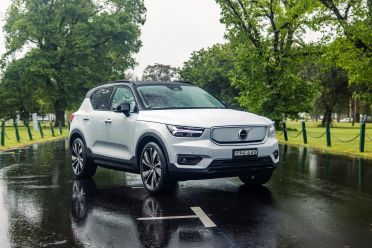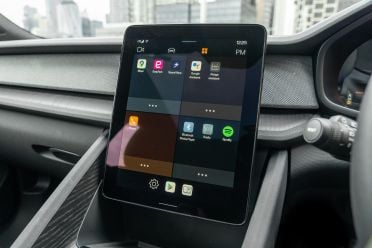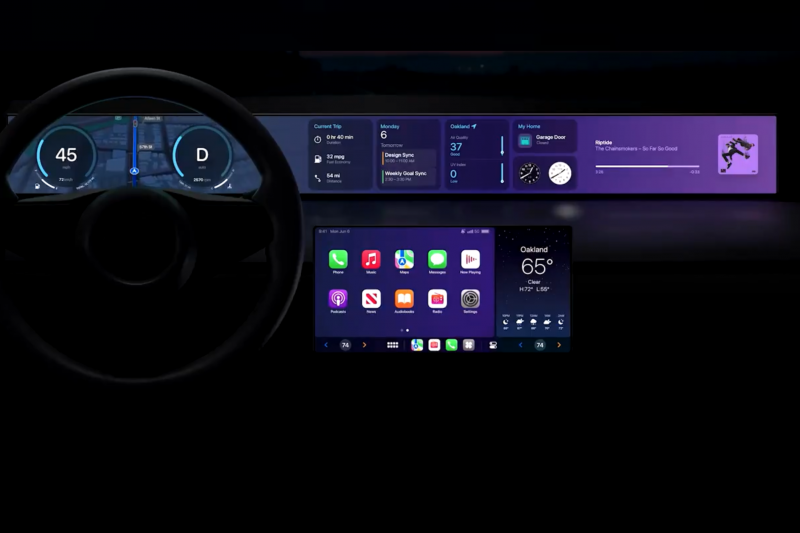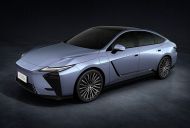Polestar and Volvo are adding Apple CarPlay to their latest infotainment system.
The Polestar 2, Volvo XC40 Recharge and the 2022 Volvo XC60 feature infotainment systems built using Google’s latest Android Automotive software.
They launched without Apple CarPlay; both brands instead promised it would be added to the mix with an over-the-air update.
Although the native infotainment system features apps such as Spotify and Google Maps, plugging into CarPlay allows owners to use their phone’s voice assistant to send and receive text messages on the move.
A Volvo spokesperson has confirmed an update will bring the technology to the XC40 Recharge and XC60 in the coming weeks, while a Polestar spokesperson said CarPlay will hit its vehicles around the end of June.
The wider Volvo range will gain the Android Automotive infotainment system as part of a suite of updates rolling out in the middle of 2022.
Those vehicles will either feature CarPlay from the moment they’re delivered, or offer owners the chance to download it as part of an update on collection.
Polestar will welcome an updated version of the 2 liftback in November with the latest version of Android Automotive.
CarPlay is currently an addition to a vehicle’s infotainment system driven by an owner’s phone. Come 2023 though, it will be more deeply integrated into new cars.
Along with the central infotainment display, the next-gen CarPlay system will integrate with the driver’s readout and supplementary screens used to control things like climate.
Owners will be able to customise their dials, for example, in the same way they can customise the face of an Apple Watch. Along with a typically clean, phone-inspired design, it looks like Apple has taken inspiration from older cars with analogue-style dials.
Apple says the system is designed to integrate with a range of screen shapes and sizes, not just landscape-oriented readouts, and has confirmed Jaguar Land Rover, Mercedes-Benz, Porsche, Nissan, Ford, Audi, Honda, Volvo, Renault, Infiniti, and Polestar are working to integrate the updated system in their next-gen vehicles.
MORE: Android Auto v Android Automotive – What’s the difference?












